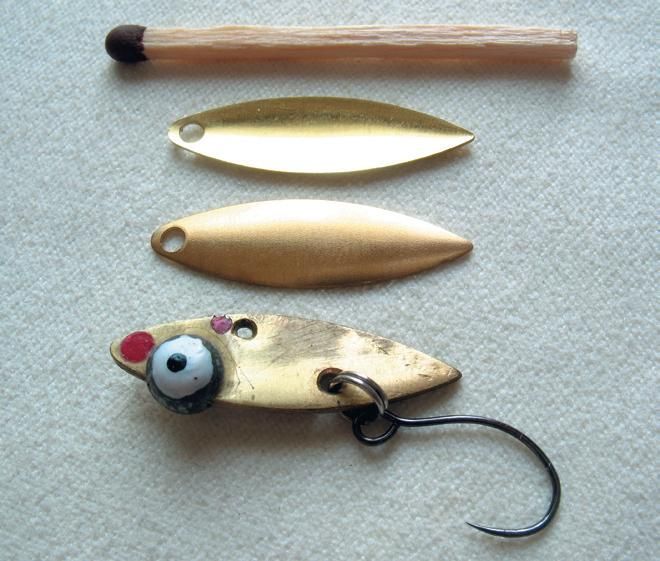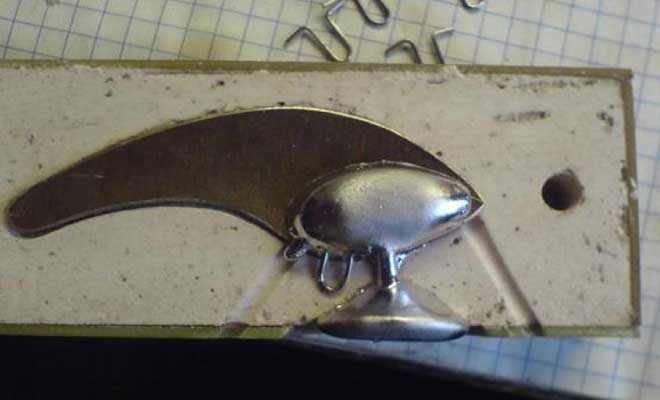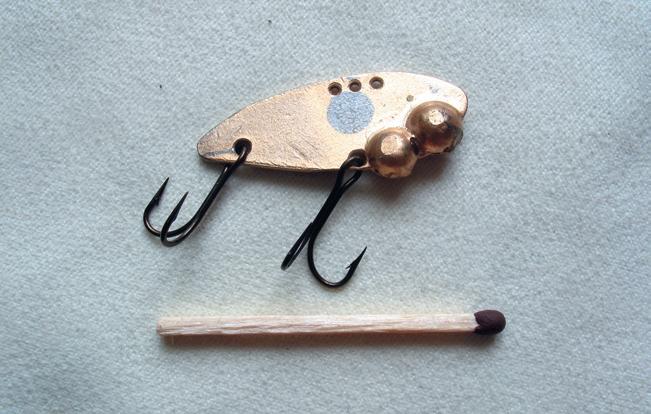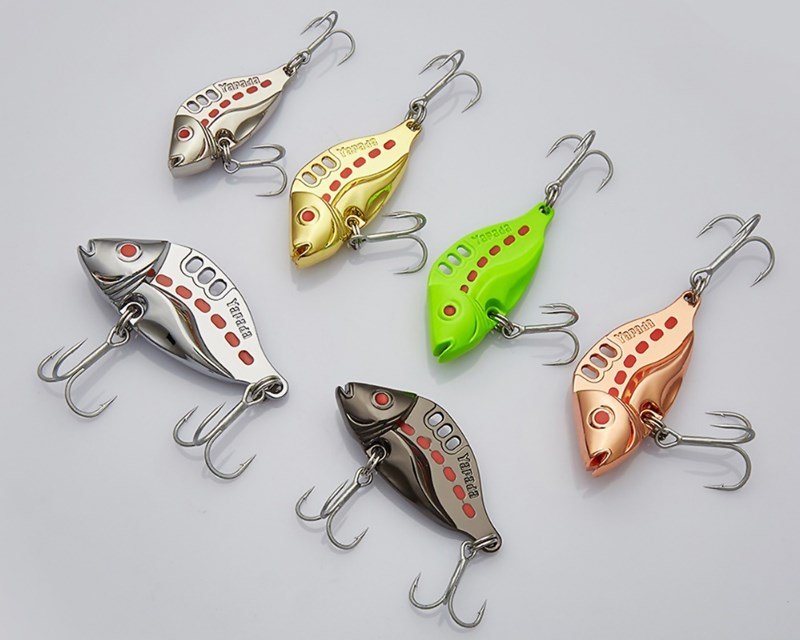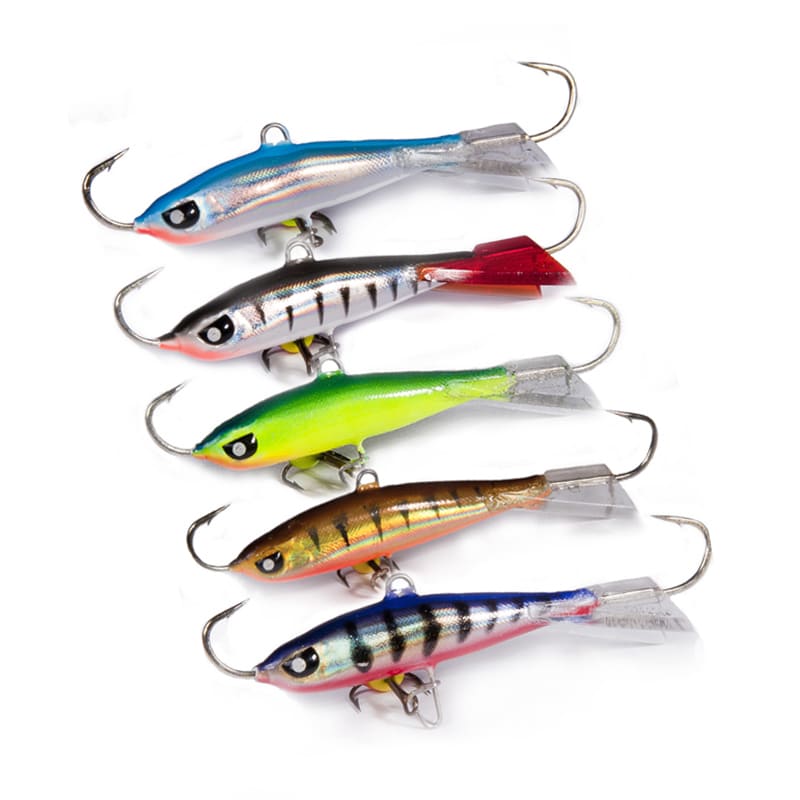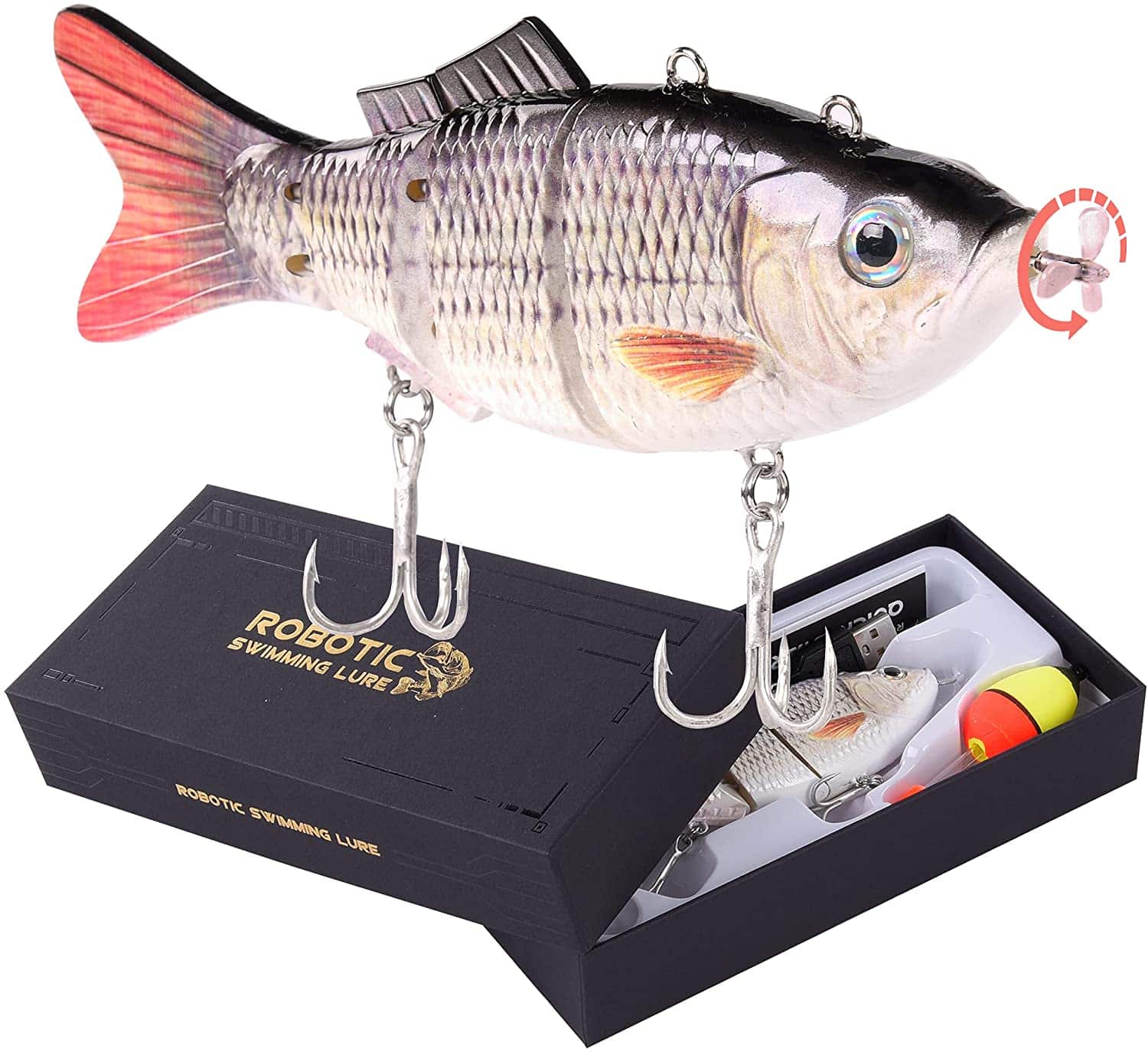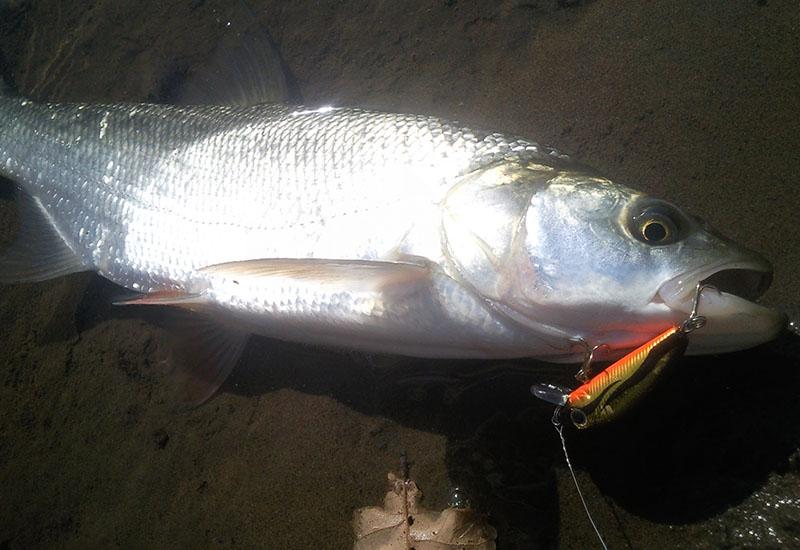Cicada is a purely European name for spinners, which in the USA and Canada is called Bladebait, and in Japan vibration lures (vibrating spinner). It is the last Japanese name, in our opinion, that most accurately reflects the main essence of the lure – maximum vibration even at the minimum wiring speed.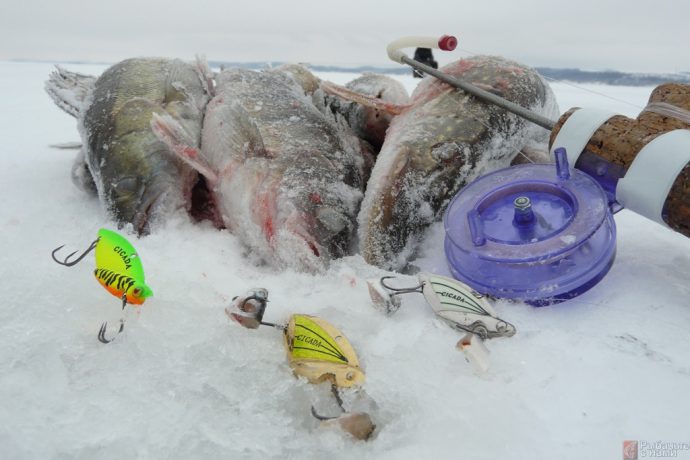
The first cicadas were produced by DAM back in 1959, but since then no significant changes in the design have been noticed. Which suggests that it is not worth improving what already works well – the best is the enemy of the good.
- What does a bladebait look like – description, photo, video
- Features of the use of cicada bait for fishing with spinning, trolling, plumb
- Cord attachment
- Cast fishing from shore and boat
- Trolling on cicadas: a big piece of mouth rejoices
- Plumb fishing: success in small things
- How to make a cicada with your own hands: manufacturing technology with video, drawings, materials and tools
- Поделиться ссылкой:
What does a bladebait look like – description, photo, video
The cicada is a bait made of steel or noble metals. The shape can be different, common to all bladebaits is loading at the bottom of the bait, the presence of 2-4 mounting holes and vertical positioning during wiring. Optionally and conditionally, cicadas can be attributed to oscillating baubles, but with several reservations:
- a high-quality Cicada moves in the water exclusively in a vertical plane, only the angle of attack
- cicadas can be used for sheer glitter in winter and in spring and autumn
- bladebaits are generally noisier than regular baits .

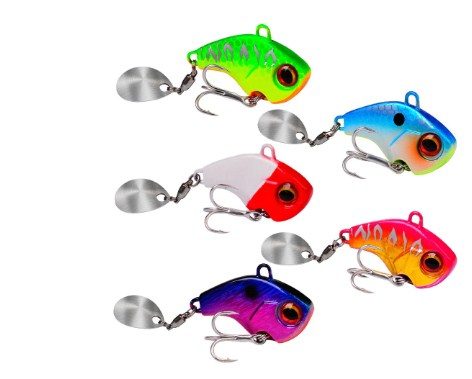

Cast fishing from shore and boat
Uniform wiring, twitching, animation of the lure are applied almost in place. The latter is possible due to the fact that bladebaits have high-quality play in the vertical plane, especially in the lifting stage. On the fall, it is good to additionally tweak the bladebait to give it seductive turns on the fall. The cicada is a rather noisy bait, so you should not abuse this quality, especially for passive and cautious fish. This is especially important in still water. In such cases, it is better to use minimum or medium wire speeds. The exception is the asp, which prefers active wiring with maximum noise, vibration, and water dust. Pike loves the monotonous slow retrieval of large cicadas, asp medium bladebaits and fast retrieval in “battle” boilers, pikeperch step or wave-like animation of medium and large vibrating spinners at the very bottom, medium perch and fast wiring of small-medium cicadas with chaotic twitches. We do the wiring with spinning pulls – broach, winding, pause, broach, winding, pause. [caption id="attachment_261" align="aligncenter" width="1024"]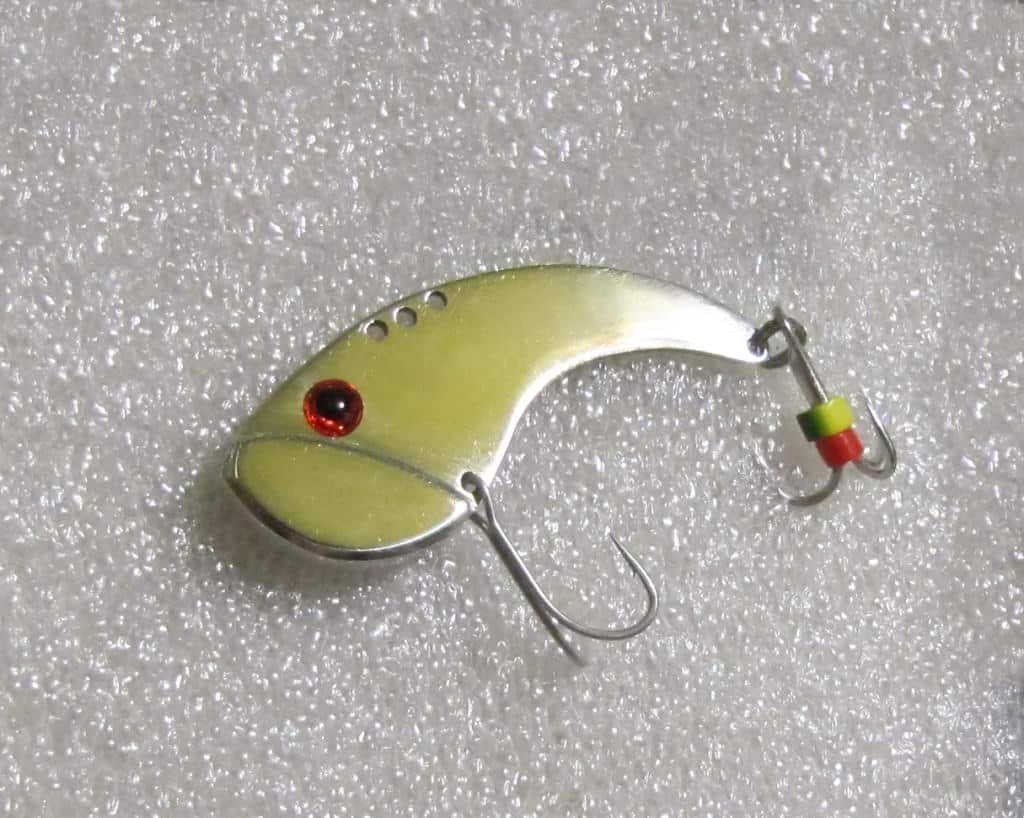
The presence of several mounting holes opens up a wide field for various playing methods. For those looking for spinners, the cicada is a godsend. The farther the leash is from the head, the more aggressive the lure is.
How to catch a cicada – wiring, site selection, short review: https://youtu.be/nkq5pg9OMgQ
Trolling on cicadas: a big piece of mouth rejoices
For trolling, bladebaits of large size and weight are usually used. From 16 grams and above. Since trolling involves fast wiring, use the front mounting hole.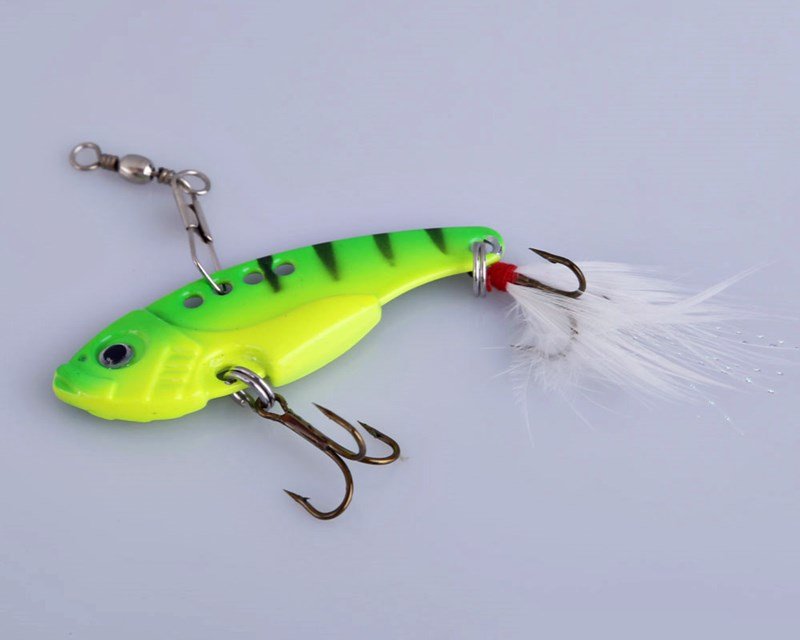
- YAPADA VIB 301 in weight 25-30 grams.
- YAPADA VIB 305 in the weight of 25 grams.
- Cyber Vibe Strike Pro in the weight of 17 grams.
- Yacuma GT-BIO 20 grams.
- Farfalla 30 Strike Pro 17 grams.
Plumb fishing: success in small things
Plumb fishing is possible both in open water and in winter on ice. The lure has an active vibrating play on the rise and much less noticeable on the fall. Therefore, the main stage of animation rise is uniform; with pauses; tweeting variations. Often you don’t need to invent anything – it’s enough to make standard ups and downs. You can also additionally tighten the bait at the lifting stage. It is good to vary the game options. From wide and powerful tosses, we move on to short twitches with a small amplitude and pauses between movements. We lure the fish, and then, as it were, provoke an attack – on a small and weak fry in the form of a cicada. And so in a circle. The first stage – 2-5 strong rises with controlled lowering, then at the second stage the mode of small twitching with simultaneous rise in steps for 1-2 minutes. This gives a good result for both active and passive fish. The first prefers the first stage of wiring, and the second prefers the second.
It is worth noting that when fishing for cicadas, the best option would be to use a constant tension of the line-cord when animating. Controlled rise and the same release down, as if seeing off the bait and constantly feeling its vibrations. This will allow you to better feel the bait, as well as get rid of annoying tee overlaps on the line. Or use doubles, but it should be borne in mind that in this case there are many more gatherings, especially pike perch.
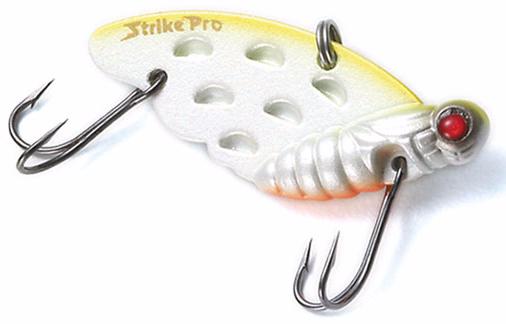
The low-amplitude game of the cicada with short pauses allows you to collect the most passive fish. Wide strong pulls quickly lure and provoke an active predator to a grip.
https://youtu.be/JK7CS3c7b40
How to make a cicada with your own hands: manufacturing technology with video, drawings, materials and tools
To make a cicada with your own hands, it can be molded, cut or riveted from a piece of material – steel, tin, brass, zinc, etc. 